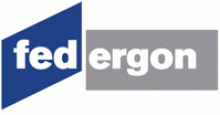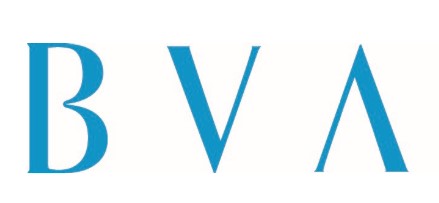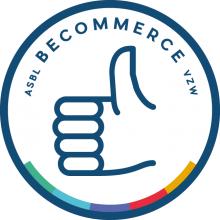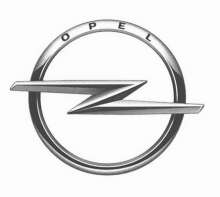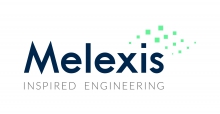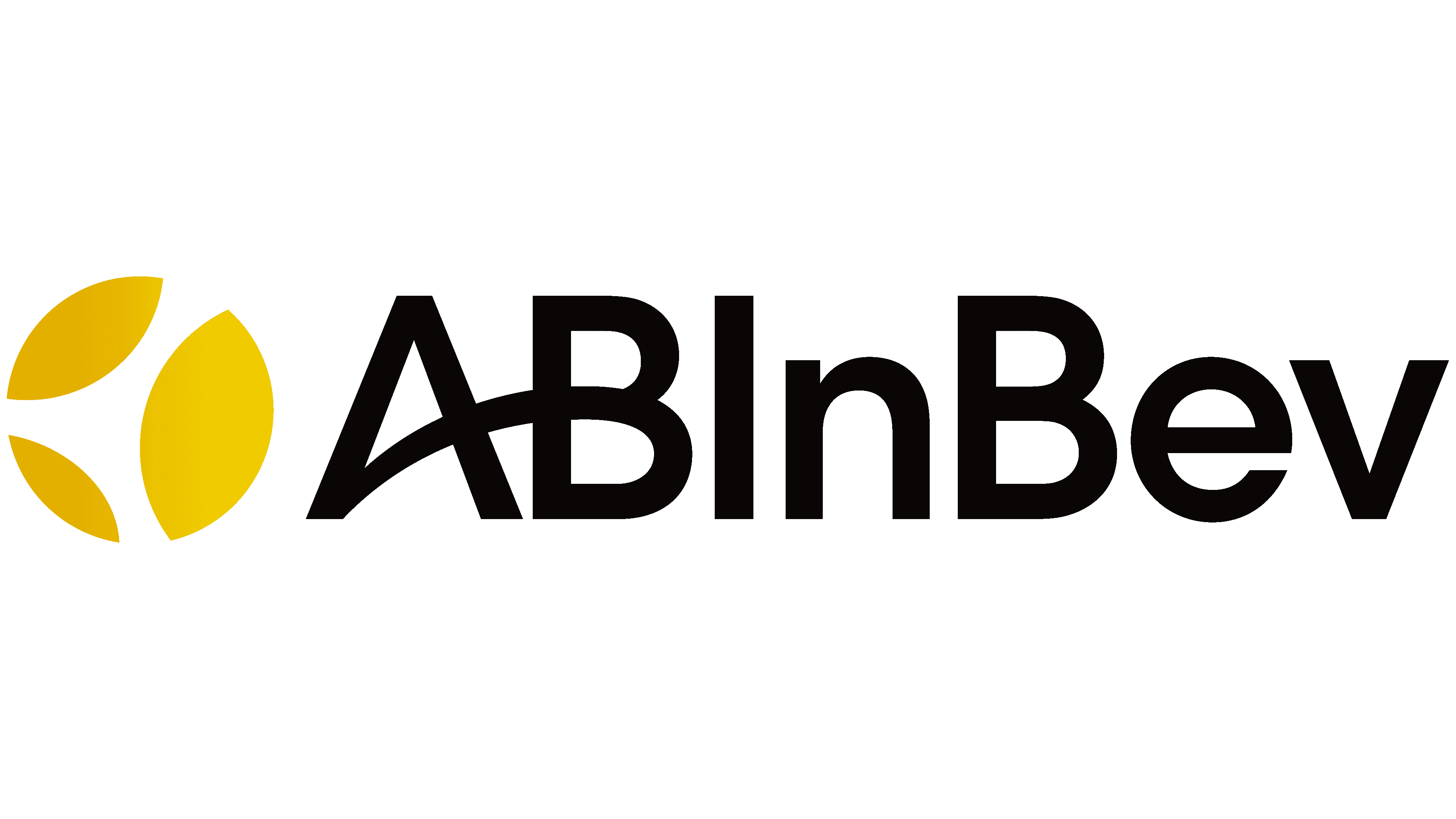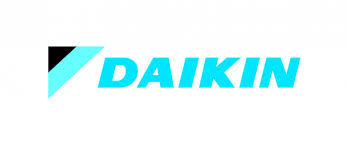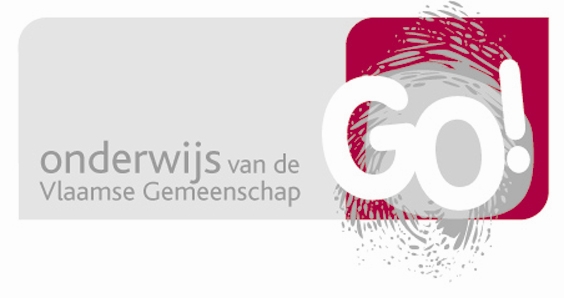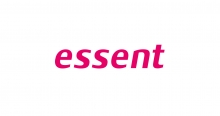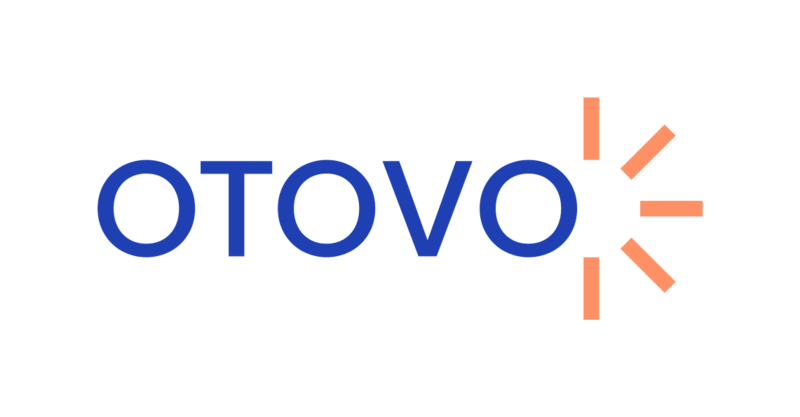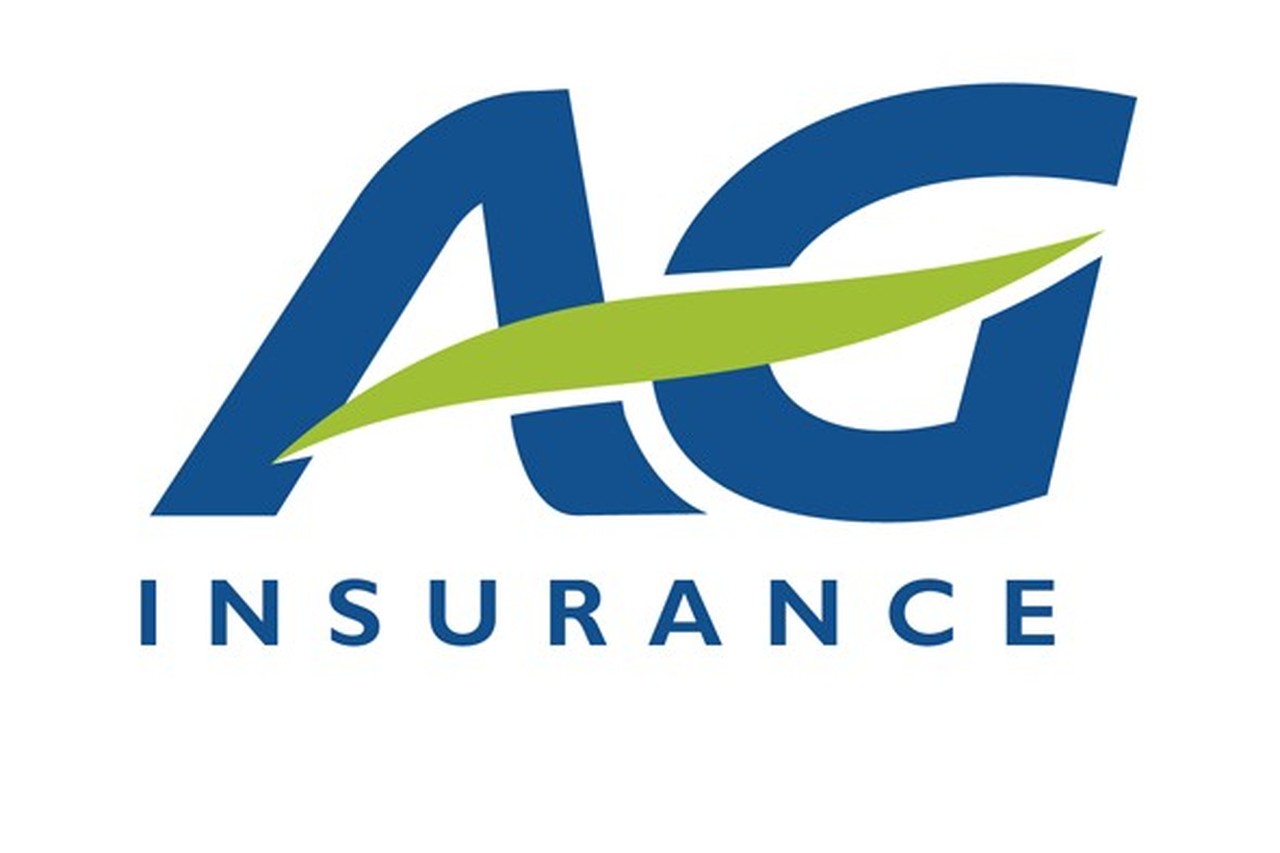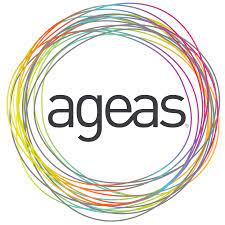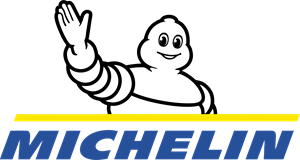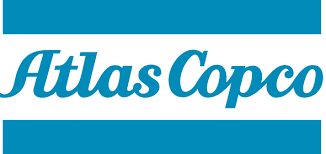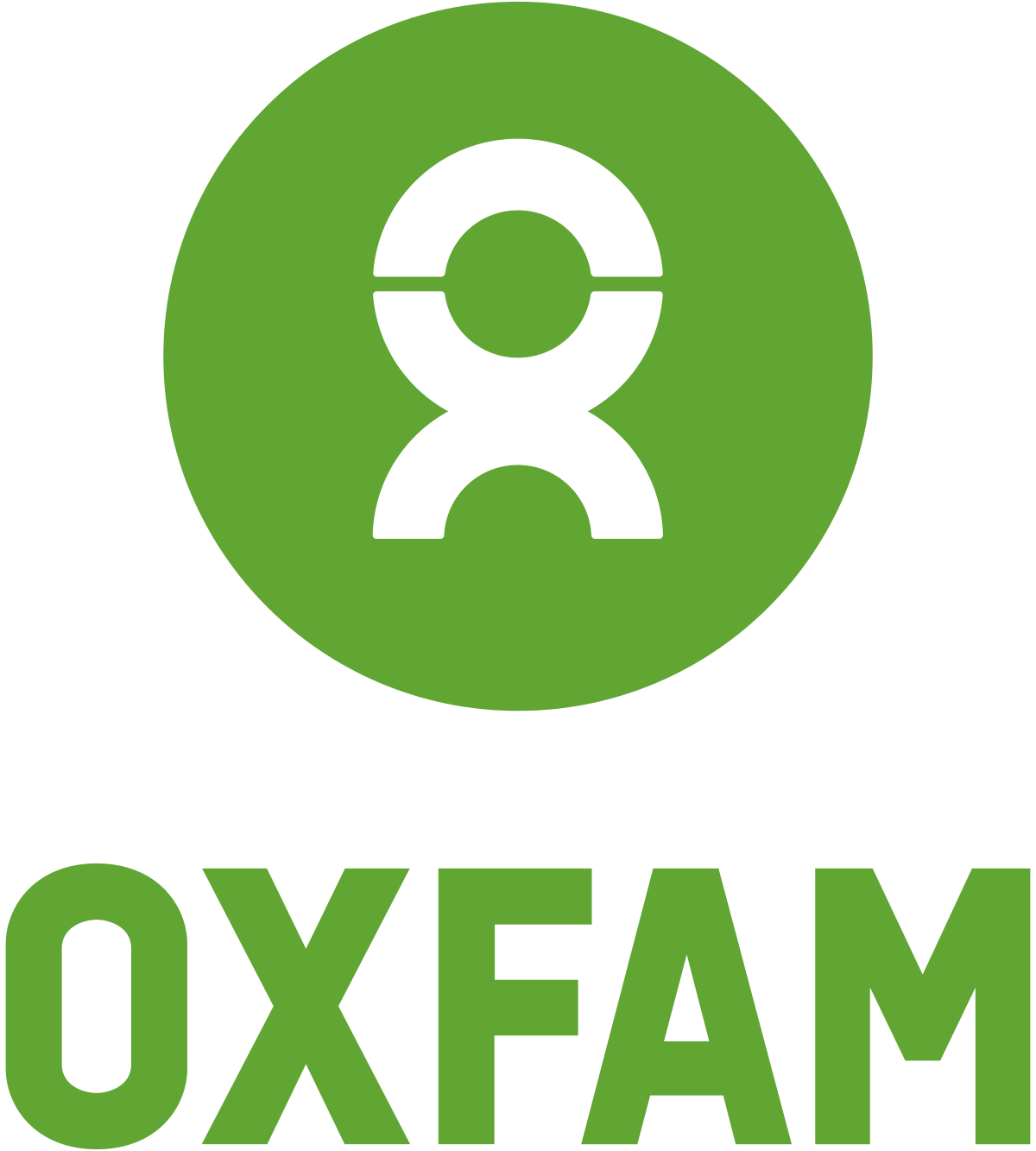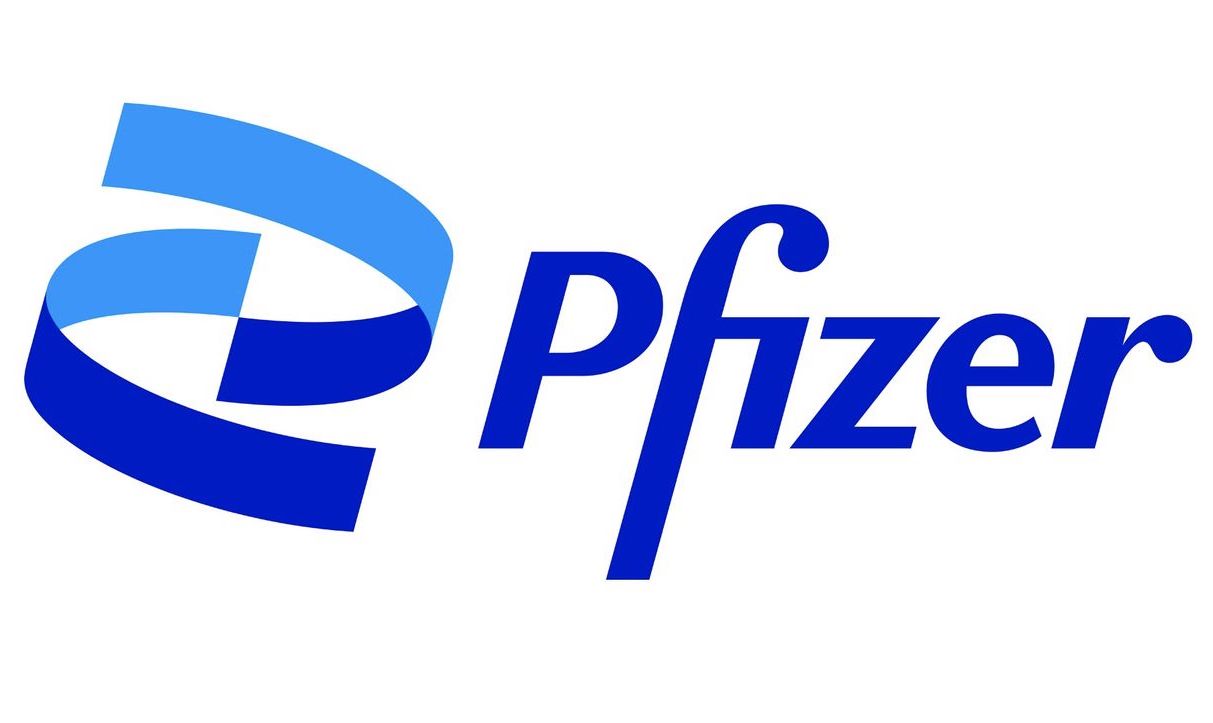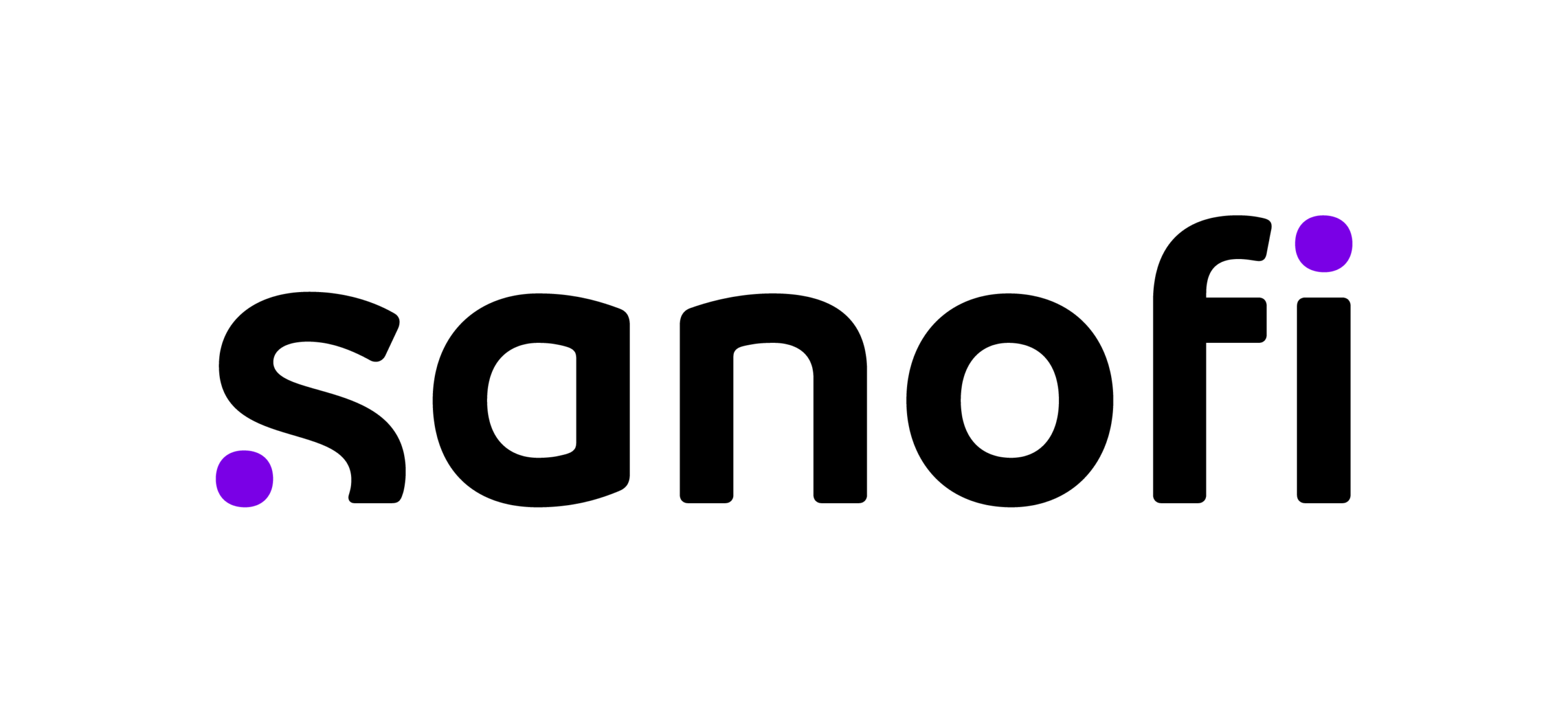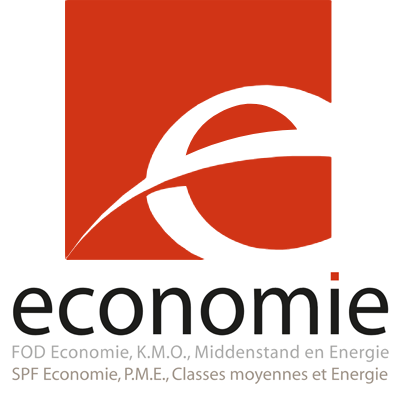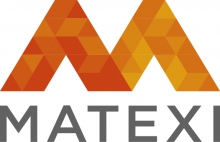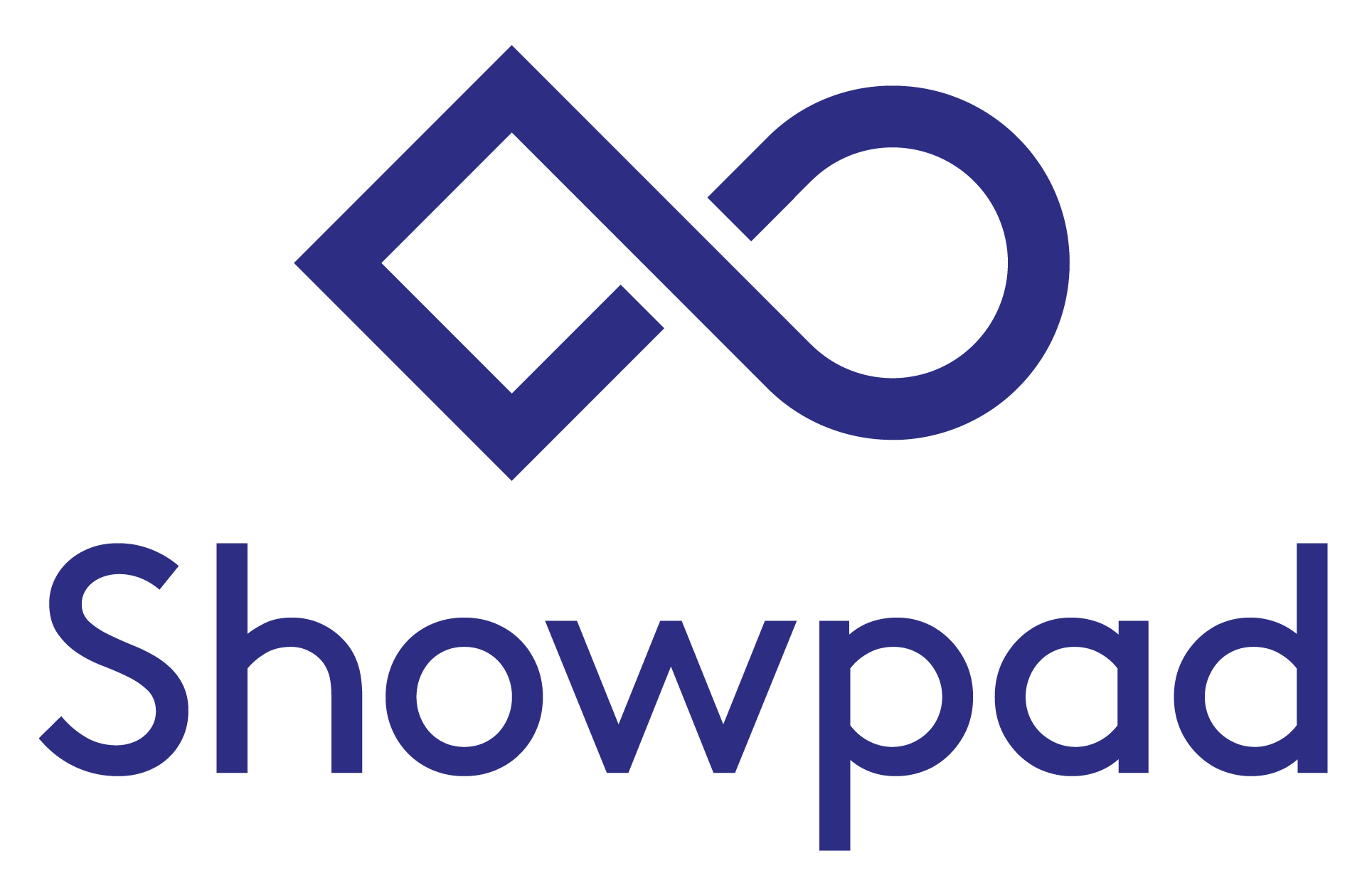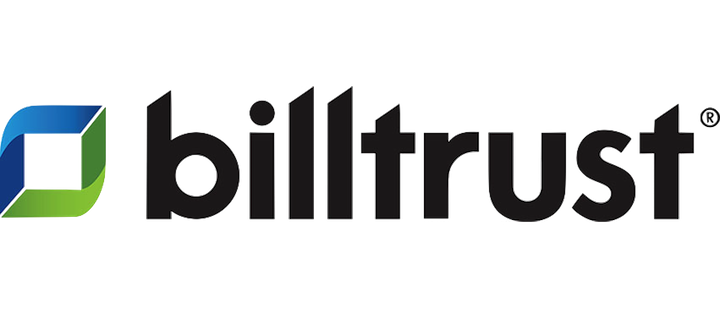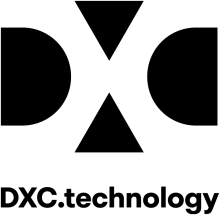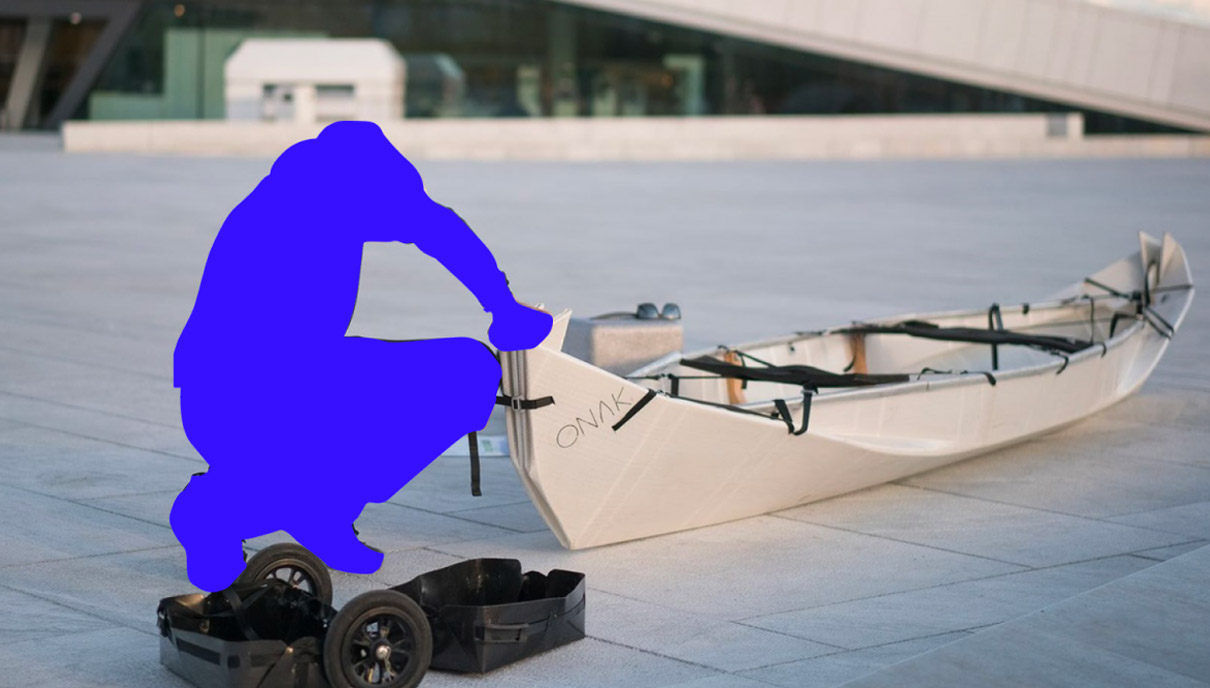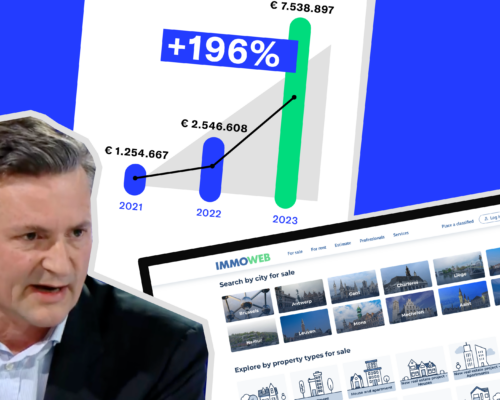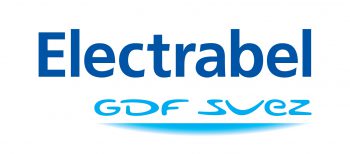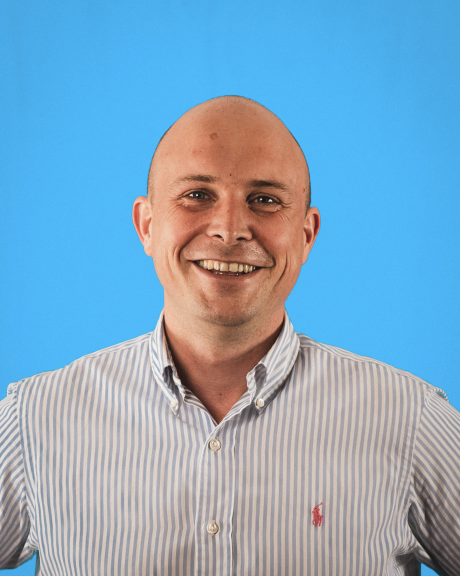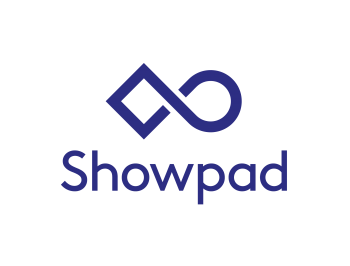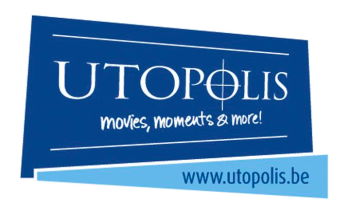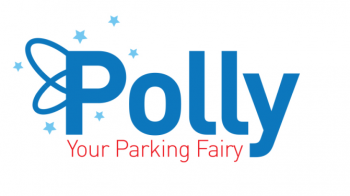Traditional public affairs is often limited to “inside lobbying” or direct lobbying, in which organizations engage in one-on-one conversations with policymakers. Many public affairs profesionals view “outside lobbying” as a last resort or a sign of weakness. Outside lobbying is when organizations engage in public debate around policy choices – while also drawing other stakeholders into the dialogue. Research by Iskander De Bruycker and Jan Beyers (UAntwerpen) shows that both public affairs strategies are mutually reinforcing – if you get it right.
“Inside lobbying” versus “outside lobbying”: definitions
Inside lobbying (also called direct lobbying) is probably what most people (including lobbyists themselves) think of when it comes to public affairs.
Public affairs professional almost automatically reach for it as the first tool in their toolbox.
With inside lobbying, lobbyists engage directly with the policymaker (often on technical issues) via email, phone, face-to-face, in meetings or committees, … Especially for lobbying at the EU level, most lobbyists choose this direct approach.
It does have its advantages.
It’s a way to exchange information directly with the policymaker. It allows you to discuss policy at an early, preparatory stage. If a discussion or conflict arises, inside lobbying provides an opportunity to address that conflict behind the scenes. The scope of the conflict remains contained, which often benefits both the organization and the policymaker.
Outside lobbying, on the other hand, has a very different purpose. In outside lobbying, interest groups try to shift the debate around policy choices to the public forum. Outside lobbying tactics include
press releases and conferences, contacts with journalists, public campaigning, social media advertising or protest events. What these tactics share in common is that they address policymakers indirectly and are geared at raising the awareness of a broader audience.
In the process, they also encourage other stakeholders to make their voices heard (“coalition building”).
By raising awareness of an issue, pressure increases on policymakers to include stakeholders’ views in their policy choices and legislation.
When to choose which public affairs strategy?
The UAntwerpen research shows that both strategies can be successful, and they can be complementary. Outside lobbying does not harm your inside lobbying efforts – you can use them side by side, provided you observe some best practices:
Outside lobbying works best for popular positions
That it’s best not to try to discuss unpopular positions in the public forum makes sense. The research confirms this: trying to practice outside lobbying on positions that are not widely shared is the road to defeat. In this instance, lobbying success will be lower than if the public affairs team would have used inside lobbying.
But the reverse is also true. Those who automatically resort to “inside lobbying” lose sight of the other side of the coin.
If you are working on issues that may be popular with the general public or influential organizations or movements, you are missing opportunities by not activating the public around your issue.
outside lobbying results in more success (compared to inside lobbying) when defending a position that gains broad approval in the public sphere
Sometimes outside lobbying works better than one-on-one contacts, meaning it should not be regarded as a “last resort” or a show of weakness.
Outside lobbying works best in coalition
In outside lobbying it is important to seek broad support with coalition partners.
In this way you can strengthen political support for the issue identified by a (large) coalition of advocates and thus increase the chances of success.
The more resources, connections and expertise that can be pooled, the bigger and more striking the actions that can put your policy positions in the picture.
As the researchers write
outside lobbying can facilitate lobbying success when it is combined with tactics that are geared at sending pervasive signals of political support, such as coalitions among diverse stakeholders.
That last point about diversity is important. Not only the size of your coalition, but its composition is crucial.
So involve not only businesses, but also NGOs and other CSOs in your coalition (or vice versa).
A diverse, representative group consisting of stakeholders from companies and non-governmental organizations increase the credibility of the signal you want to send. The more support, the greater the pressure for politicians to act.
A hybrid public affairs approach
Important: “outside lobbying” does not have to equate to conflict or activism, nor is it a brute force, blunt tactic – the caricature that more old school public affairs professionals make of it.
Outside lobbying can be crucial to putting certain topics on the agenda (“agenda setting”), ranging from information campaigns, to activation of stakeholder groups and policymakers, to inspiration conferences and sessions (think “Flanders Technology”).
So the tone of outside lobbying does not have to be aggressive or negative at all. Moreover, the choice of outside or inside lobbying is often a false contradiction.
Some elements of your public affairs campaign only lend themselves to inside lobbying (which cars will be allowed in an LEZ after 2026?) and others lend themselves to outside lobbying (the creation of green bonds for the electrification of European car production).
Finally, outside lobbying is not a blunt instrument.
Indeed, campaigns in earned media (“PR”) sometimes require a catchy slogan, but that doesn’t mean you can’t communicate precisely.
In addition, advertising (for example, on Twitter) offers very precise opportunities to get your messages to the right audience, whether it is among policy makers, opinion makers or civil society.
Public Affairs at FINN
FINN provides integrated public affairs and communication campaigns. We often opt for a hybrid approach of outside and inside lobbying. Read more about our offer in public affairs.
Sources
De Bruycker, I., & Beyers, J. (2019). Lobbying strategies and success: Inside and outside lobbying in European Union legislative politics. European Political Science Review, 11(1), 57-74. doi:10.1017/S1755773918000218
